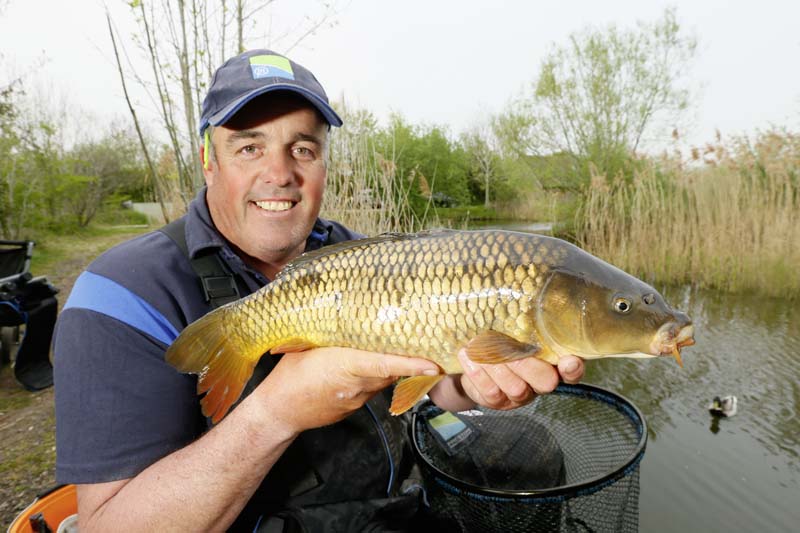Match fishing tips | THREE ways to fish the pellet waggler in a match!
On the face of it, the pellet waggler seems like a relatively easy way to fish – you just feed pellets, cast the float into the middle of the action and wait for the rod to get dragged in, right? Well, not necessarily…
Stick to this tried-and-tested routine and you will, of course, catch a few carp – but nowhere near as many as if you mix things up with the way you feed, the amounts going in, where you land the waggler in the swim and how long you actually leave it there before repeating the process.
Yes, in an ideal world, the float will bury within seconds of landing.
This tends only to happen, though, when the carp are there in numbers and are competing aggressively for the feed – something you find that tends to happen later in the session.
At the beginning, sport is not so prolific and this is where mixing things up will always outscore ploughing the same furrow each and every time.
I have three routines that I follow when fishing the pellet waggler and these revolve around the key components of feeding, casting, twitching the float and varying the time spent before I wind in again.
There’s no hard and fast rule that says which one works best, so it’s a game of trial and error. But by using all three, you will find the approach that’s right for the carp on the day!
Routine one
This is the old favourite of casting past the feed and then winding the float back into the pellets.
Done this way, there’s not a big waggler landing on top of the fish, which can spook carp easily.
This also means you’re fully focusing on the float and striking at a bite, as opposed to having
to take your hands off the rod to feed.
Step one: Cast beyond the feed zone by a metre or so.
Step two: Now fire out 8mm hard pellets (I use Sonubaits Pro Feed Pellets), ensuring that they land just short of where the waggler has landed.
Step three: Quickly wind the float back into the pellets by turning the reel handle sharply a couple of times. Give it 10 seconds or so before winding in and repeating the previous steps.
Routine two
With this approach you are doing the opposite to routine one – namely casting out and then feeding close to the waggler before winding it into the feed and waiting.
This can work on days when the fish are not feeding aggressively and biding your time will produce.
Step one: Cast out to a spot where you have seen fish topping or cruising, but ensure it is at a range where you can loosefeed pellets accurately and comfortably.
Step two: Now fire in the pellets – again I use 8mm Pro Feeds – but I land them just short of the float. Around half-a-metre or so is perfect.
Step three: Almost immediately turn the reel handle a couple of times to pull the float into the feed so that the hookbait is falling in among the loosefed pellets.
Speed is essential here, and the float has to be moved within a few seconds of the feed landing.
Step four: I’ll then leave the rig in place for a minute before recasting. This gives any fish drawn in by the sound of the feed and float landing enough time to find the hookbait.
Routine three
Sometimes just the hookbait alone, combined with the noise of a big pellet waggler splashing down, will get you a bite. At times like this there’s no need for you to feed a thing.
This is the easiest way of fishing the pellet waggler, but you do still have to try and make something happen by regularly twitching the float.
Step one: Cast out as normal to where you can see fish, or where conditions allow.
Step two: Allow the float to settle and sit for around 10 seconds before then twitching the float with a sharp sideways tug on the rod. I’ll do this five times per cast.
Step three: If nothing happens, wind in and cast again. Keep your hands out of the bait box and off the catapult at all times!
Step four: If I do catch a carp, I will fire in half-a-dozen 8mm pellets after I have unhooked the fish and before I pop it in the net. This ensures some feed will be out there to help pull in a fish or two ready for when I cast out again.




